Resourceful Guide to Gorilla Trekking in Africa
Down in the remote southwestern Uganda, the eastern part of the Democratic Republic of Congo (DRC) and northern Rwanda lies the Mountain Gorilla Country! This “gorillaland” knows no political borders! The political governments of Uganda, Rwanda and the Democratic Republic of Congo jealously protect the citizens of this well protected kingdom; the endangered mountain gorillas.
In this regional landscape are the national parks of Mgahinga Forest and Bwindi Impenetrable Forest of Uganda, the Volcanoes National Park of Rwanda and the Virunga National Park of DR Congo. Though this land is characterized by a diversity of flora and fauna, tourists are drawn by one animal; the mountain gorilla.
Table of contents
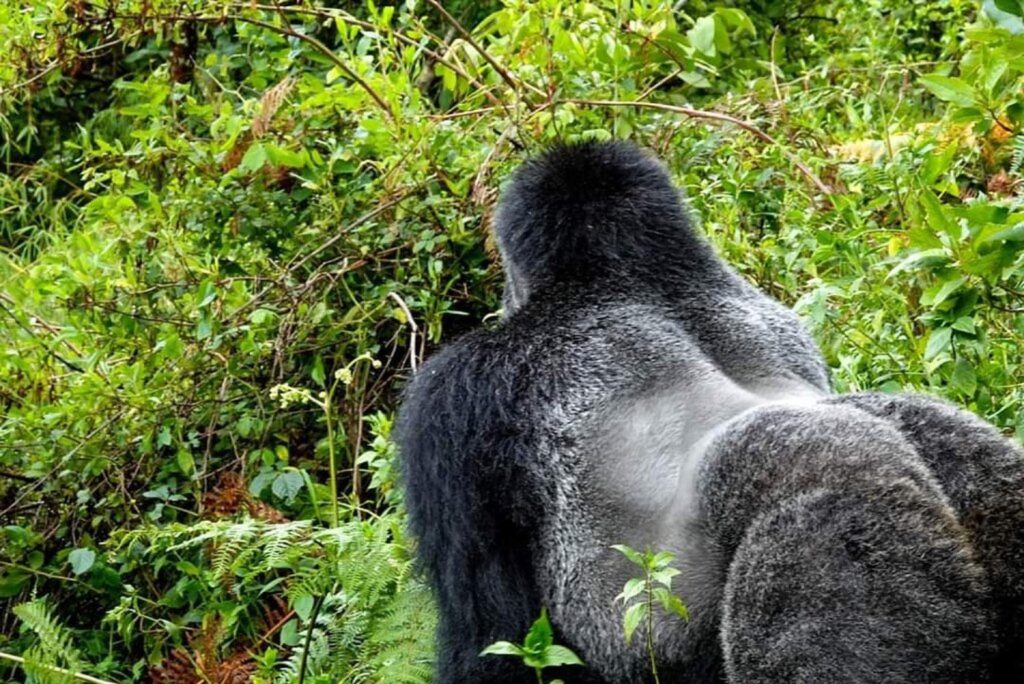
This endangered primate has a total population of about 1050 mountain gorillas. They live in two separate populations; the Virunga Volcanoes and the Bwindi Impenetrable National Park of Uganda.
A view at mountain gorillas in the wild is by far a lifetime experience and to most travelers on African safari, with no doubt the ultimate bucket-list adventure experience! Mountain gorillas share about 98% of their DNA with humans making them our closest relatives and up close with them in the wild allows you to relate how close humans are to these majestic creatures. They are humble, intelligent and an hour with them is the most thrilling experience not to be missed on gorilla safari.
Where to go to Track Mountain Gorillas
Mountain gorilla trekking is one of the world’s most exclusive and remarkable wildlife encounters that you can’t miss. To minimize disturbance to these endangered great apes, only eight people may track each of the habituated gorilla group each day. Viewing time for the great apes is also strictly limited to one hour.
As wildlife viewing goes, it is difficult to conceive how or where on earth 60 minutes could be more rewardingly spent.
Gorilla tracking offers the privilege of encountering one of the world’s rarest animals in its natural habitat and by doing so helping to fund its continued survival. Although gorillas are undeniably intelligent and impressive creatures to watch a silverback can weigh over 200kg (450 lb) – the greatest rewards are less tangible.
To go gorilla trekking, tourists have only three choices-to visit Uganda, Rwanda or the Democratic Republic of the Congo.
In Uganda, Bwindi Impenetrable National Park and Mgahinga National Park in the southwest are the only options available for you to have that decisive moment with these humble creatures.
In Rwanda, the Volcanoes National Park is the only available choice and in the Democratic Republic of Congo, they are confined in the Virunga National Park.
Currently, about 1050 of these intelligent creatures still thrive on earth and they are never found anywhere except the four listed national parks.
How is it Like to Track Gorillas?
To watch the mountain gorillas in the wild, trekkers have to hike through the dense vegetation and steep slopes. This primate adventure usually takes about 2 to 6 hours although this depends on trekkers’ speed of hiking, nature of habitat and where these apes are.
On finding these primates, you have an hour to strike out your imaginations, take as many pictures as you can and explore their behaviors as well as the unique body gestures.
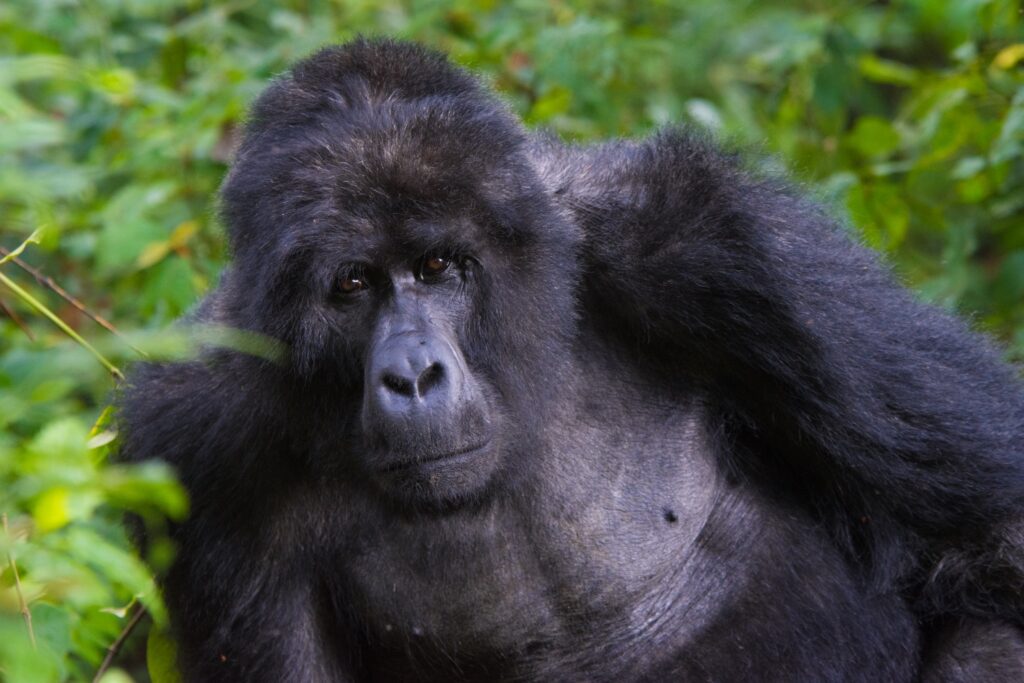
Secure a Gorilla Permit
A gorilla permit at hand is what offers you a chance to strike your imaginations with a group of mountain gorillas while in the wild. Each gorilla family is equal to one habituated gorilla group and remarkably, every gorilla destination has habituated families set for gorilla trekking.
Uganda is comprised of about 25 groups, 24 families in Bwindi National Park representing about 200 gorilla permits, Rwanda- 12 gorilla families translating into 96 gorilla permits and in Congo, there are 8 groups representing 64 permits. However, note that a gorilla permit does not guarantee you 100 percent chance to see mountain gorillas! You need to be in good physical shape to hike through the forest so that you can meet these great apes.
A gorilla permit for Uganda comes at a cost of US$800 for all bookings. Would you like to obtain one? You can easily secure your gorilla permit by contacting a local tour operator. It is important to note that all foreign none residents can only purchase permits through a licensed tour operator.
Gorilla Trekking
Gorilla treks involve hiking through the lush vegetation and trails with steep slopes. Trekkers are led by the trained and professional park ranger guide who know much about the forest. They will lead you throughout the hike and it is important to listen and obey their rules. They have conducted several tours within the forest and they know a lot on the gorilla watching etiquette.
All gorilla treks start at 8.00Am (GMT +3) and there are trails from the respective sectors of Buhoma, Rushaga, Ruhija and Nkuringo. For gorilla treks in Mgahinga National Park, hikes start from the headquarters at Ntebeko.
Please note that within Bwindi Impenetrable National Park, there are four regions where treks always start; Buhoma, Rushaga, Nkuringo and Ruhija. You must drive to the right sector where you booked your gorilla permits. Showing up at a wrong sector calls for a fine of US$150 since gorilla permit allocation is highly considered to make sure that only 8 tourists can visit the gorilla family!
Within the Volcanoes National Park, all gorilla treks start from the Kinigi park headquarters, located at the foothills of the Virunga Volcanoes. Hikes start at 8.00AM (GMT+2).
Observe the Set Gorilla Trekking Etiquette
All visitors on gorilla safaris in Uganda, Rwanda or DR Congo are required to observe the set etiquette for gorilla trekking. Before embarking on the actual trek, the park officials will inform you about the rules and guidelines on how the treks will be conducted. Some rules to know even before considering going on a gorilla trek are;
- Gorilla trekking is restricted to persons whose age is 15 years and above. Young children are not eligible to track mountain gorillas since they can misbehave during the encounter with the mountain gorillas.
- Gorilla watching is restricted to only one hour. Upon meeting the mountain gorillas, you have a full hour to strike their imaginations with these majestic creatures. If you need more time with the gorillas, you can either go on a double gorilla trek or book a gorilla habituation experience.
- At all times, a distance of 7 meters should be kept away from gorillas. This aims at controlling the spread of vulnerable communicable diseases. Remember these great apes share much of our DNA and can contract airborne diseases such as flue, cough etc.
- Only eight visitors are allocated one group of habituated gorillas to trek. Scientists set the carrying capacity to only eight tourists and therefore it is important to sustain a few visitors to avoid blunders of mass tourism.
- No flashlight camera is accepted when taking pictures of these massive creatures. Gorillas hate flashlight and the outcome of using it may not be good!
When to Go for Gorilla Trekking
Many people wonder about the best time to visit the gorillas in Uganda, Rwanda or Congo. These destinations are found in the tropics and are year-round destination. You can visit the gorillas any time.
However, most tourists prefer to visit the gorillas during the dry season. The advantage of visiting the gorillas during the dry season is that hikes are simpler since this season is characterized by low rains. Low rains make it easier to trek through the thick vegetation and steep slopes to see mountain gorillas. The dry season begins from June-September and December-February.
Though there are a few tourists who visit the national parks during the wet season, it is also of significant benefit to plan your trip in the low season. The gorillas are known not to roam so much during the season thus making it easier to find them! There is plenty of forage for gorillas to feed on and they keep around making it easier for tourists to search for them. The wet season usually commences from March-May and October-November.
Remember, never travel without travel insurance! And never overpay for travel insurance!
I use HeyMondo. You get INSTANT quotes. Super cheap, they actually pay out, AND they cover almost everywhere, where most insurance companies don't (even places like Central African Republic etc!). You can sign-up here. PS You even get 5% off if you use MY LINK! You can even sign up if you're already overseas and traveling, pretty cool.
Also, if you want to start a blog...I CAN HELP YOU!
Also, if you want to start a blog, and start to change your life, I'd love to help you! Email me on johnny@onestep4ward.com. In the meantime, check out my super easy blog post on how to start a travel blog in under 30 minutes, here! And if you just want to get cracking, use BlueHost at a discount, through me.
Also, (if you're like me, and awful with tech-stuff) email me and my team can get a blog up and running for you, designed and everything, for $699 - email johnny@onestep4ward.com to get started.
Do you work remotely? Are you a digital nomad/blogger etc? You need to be insured too.
I use SafetyWing for my digital nomad insurance. It covers me while I live overseas. It's just $10 a week, and it's amazing! No upfront fees, you just pay week by week, and you can sign up just for a week if you want, then switch it off and on whenever. You can read my review here, and you can sign-up here!







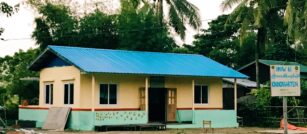
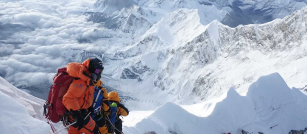
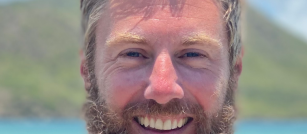



 As you know, blogging changed my life. I left Ireland broke, with no plan, with just a one-way ticket to Thailand
and no money. Since then, I started a blog, then a digital media company, I've made
more than $1,500,000 USD, bought 4 properties and visited (almost) every country in the world. And I did it all from my laptop as I
travel the world and live my dream. I talk about how I did it, and how you can do it too, in my COMPLETELY FREE
Ebook, all 20,000
words or so. Just finish the process by putting in your email below and I'll mail it right out to you immediately. No spam ever too, I promise!
As you know, blogging changed my life. I left Ireland broke, with no plan, with just a one-way ticket to Thailand
and no money. Since then, I started a blog, then a digital media company, I've made
more than $1,500,000 USD, bought 4 properties and visited (almost) every country in the world. And I did it all from my laptop as I
travel the world and live my dream. I talk about how I did it, and how you can do it too, in my COMPLETELY FREE
Ebook, all 20,000
words or so. Just finish the process by putting in your email below and I'll mail it right out to you immediately. No spam ever too, I promise!
